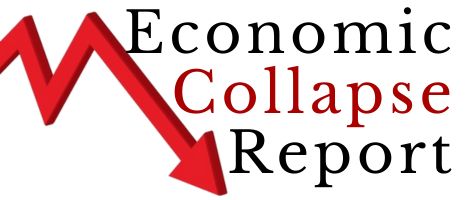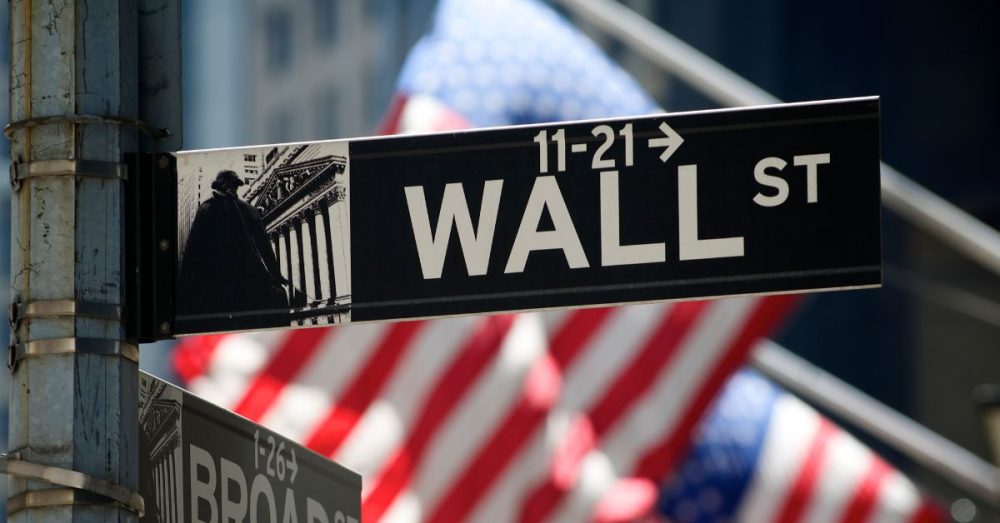The stock market continues to exude strength, with the S&P 500 climbing for six consecutive weeks and closing 10 of the last 11 months in positive territory. Over the past decade, it has generated a 13% annualized return, and its 30-year performance reflects a staggering 1,177% total return, despite periodic recessions and market crashes.
However, analysts at Goldman Sachs caution that this streak of prosperity may not last much longer, Inc.com reported.
Goldman Sachs projects a more modest future, predicting the S&P 500 will deliver just a 3% nominal annualized return over the next decade. According to the bank’s October 18 report, the current valuations and heavy market concentration — with the 10 largest companies accounting for over a third of the S&P 500’s value — suggest an unsustainable market landscape. This level of concentration is among the highest in nearly a century, fueling concerns about a possible downturn.
While long-term stock trends generally paint an optimistic picture of market growth, the use of the CAPE (cyclically adjusted price-to-earnings) ratio — developed by Nobel-winning economist Robert Shiller — offers a more cautionary perspective. The CAPE ratio indicates that the S&P 500’s current valuation is higher than it was before both the 1929 market crash and the dot-com bubble burst, hinting at the risk of a market correction or extended period of lackluster returns.
A major factor behind the soaring valuations can be attributed to the recent surge in AI investment and hype, especially following OpenAI’s release of ChatGPT in 2022. Companies like Nvidia have led this trend, pushing stocks to higher levels. However, some analysts warn that this enthusiasm could soon cross into “irrational exuberance,” raising the possibility of a market bubble. […]
— Read More: dallasexpress.com


